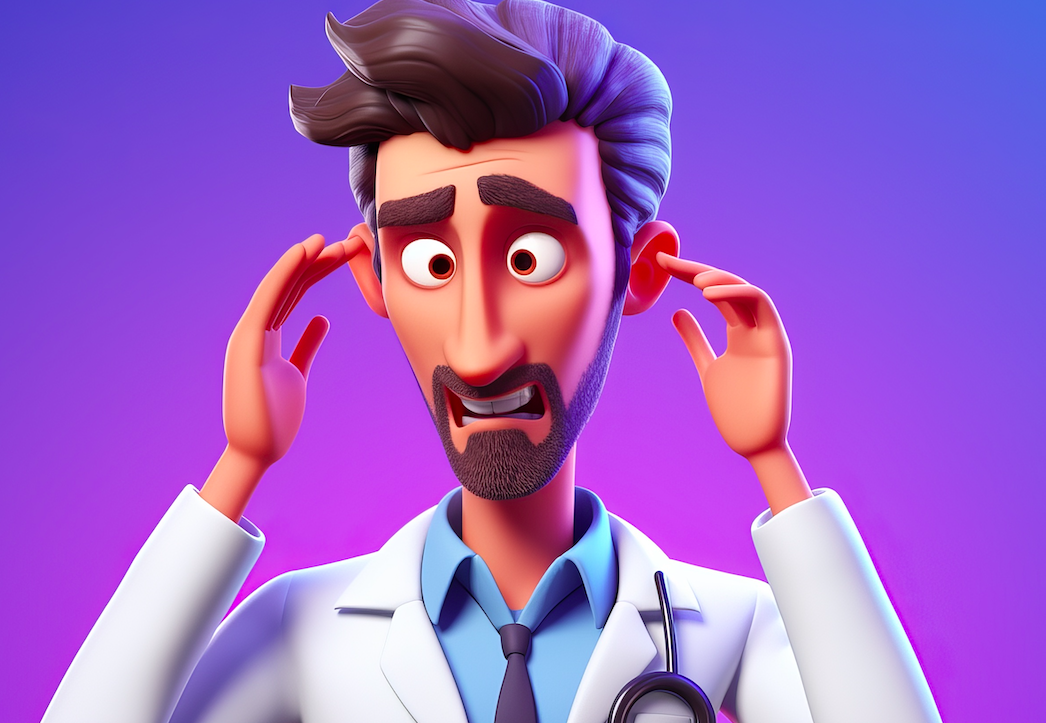
20 Sep Misdiagnosis of Disruptive Disorders in Youth
Disruptive disorders in youth, including attention-deficit/hyperactivity disorder (ADHD), oppositional defiant disorder (ODD), and conduct disorder (CD), pose significant challenges for accurate diagnosis. Elements such as overlapping symptoms, developmental variation, comorbidity, cultural and socioeconomic influences, gender bias, and a lack of specialized training and awareness among healthcare professionals contribute to the misdiagnosis of these disorders. Recognizing and addressing these challenges is essential to improving the accuracy of diagnoses and ensuring appropriate support and treatment for affected youth.
The complexity of misdiagnosis can stem from various factors that make accurate diagnosis difficult. One of the primary obstacles is the significant overlap between symptoms associated with disruptive disorders and those of other mental health conditions. For example, impulsivity, inattention, and hyperactivity, which are often linked to ADHD, can also manifest in anxiety, depression, or trauma-related disorders. This overlap can make it challenging to differentiate between disorders, leading to potential misdiagnosis. Research reported in Child Welfare (2009) found that the diagnosis of PTSD is frequently underdiagnosed in maltreated samples and concluded that the complexity of misdiagnosis results from various factors that make accurate diagnosis difficult. Without protective services information to supplement parent and child reports, the diagnosis of PTSD was missed in a significant proportion of the cases examined in this research. Disruptive disorders also frequently co-occur with other mental health conditions, further complicating the diagnostic process. For instance, a child with ADHD may also exhibit symptoms of anxiety or depression, making it challenging to discern the primary diagnosis.
Cultural and socioeconomic factors, such as varying cultural norms and expectations, can also make it difficult to differentiate between normal and disruptive behavior. Limited access to culturally competent mental health services and healthcare disparities may contribute to misdiagnosis or underdiagnosis. Research in the journal of Academic Psychiatry in 2020 found that in diagnosing psychiatric disorders in children and adolescents, clinicians rely on subjective interpretations of information to some extent. Information obtained from family, caregivers, and educators was contextualized to assign a diagnosis. A review of prior research identified that environmental and socioeconomic factors influence accurate diagnosing. The study’s findings suggested that ethnic and racial minority youth are more likely to be diagnosed with a disruptive behavior disorder and less likely to be diagnosed with ADHD compared to non-Hispanic white youth.
Additional factors such as developmental variation and gender bias pose additional barriers to accurate diagnosing. What may seem like a behavioral issue at one stage of development could be a normative phase at another. This variation can be a challenge for clinicians, who may choose to observe problematic behaviors over time before making a definitive diagnosis. Gender bias is another factor that can play a pivotal role in misdiagnosis, as boys are more frequently diagnosed with disruptive disorders. Girls may exhibit different symptoms or internalize their distress, making their conditions less visible. This gender bias can lead to underdiagnosis or misdiagnosis of disruptive disorders in girls. Research in 2019 in Frontiers in Human Neuroscience offered insight into gender differences in ADHD symptoms and rates of diagnosis in males and females differ when using subjective and objective measures of ADHD.
Finally, many healthcare professionals receive limited training in child and adolescent mental health, particularly regarding disruptive disorders. This knowledge gap can hinder clinicians’ ability to accurately identify these conditions, resulting in misdiagnosis or delayed diagnosis. An article published in The British Journal of General Practice (2016) found that many primary care practitioners reported a lack of confidence in recognizing childhood mental health problems and their insufficient training in this field, resulting in a severe skill gap given the prevalence of these issues.
In conclusion, the misdiagnosis of disruptive disorders in youth is a multifaceted issue influenced by overlapping symptoms, developmental variation, comorbidity, cultural and socioeconomic factors, gender bias, and a lack of specialized training and awareness among healthcare professionals. Acknowledging and addressing these complexities is crucial for improving diagnostic accuracy and ensuring that children and adolescents with disruptive disorders receive the appropriate support and treatment they require. Early intervention, coupled with a comprehensive and culturally sensitive approach, can mitigate the misdiagnosis of disruptive disorders, ultimately benefiting our youth’s mental health and well-being.




